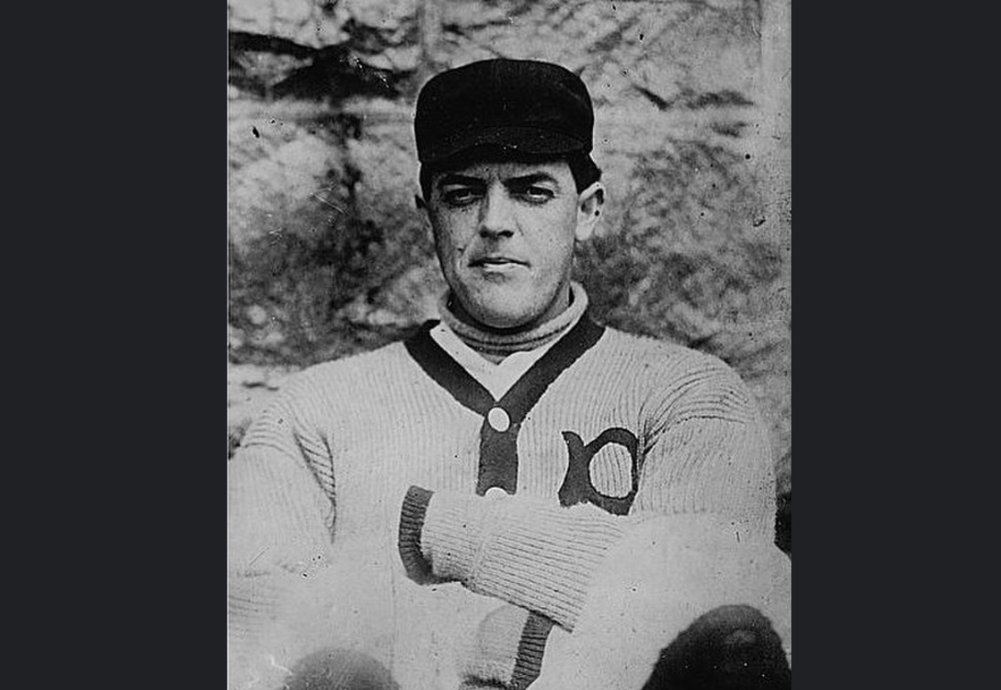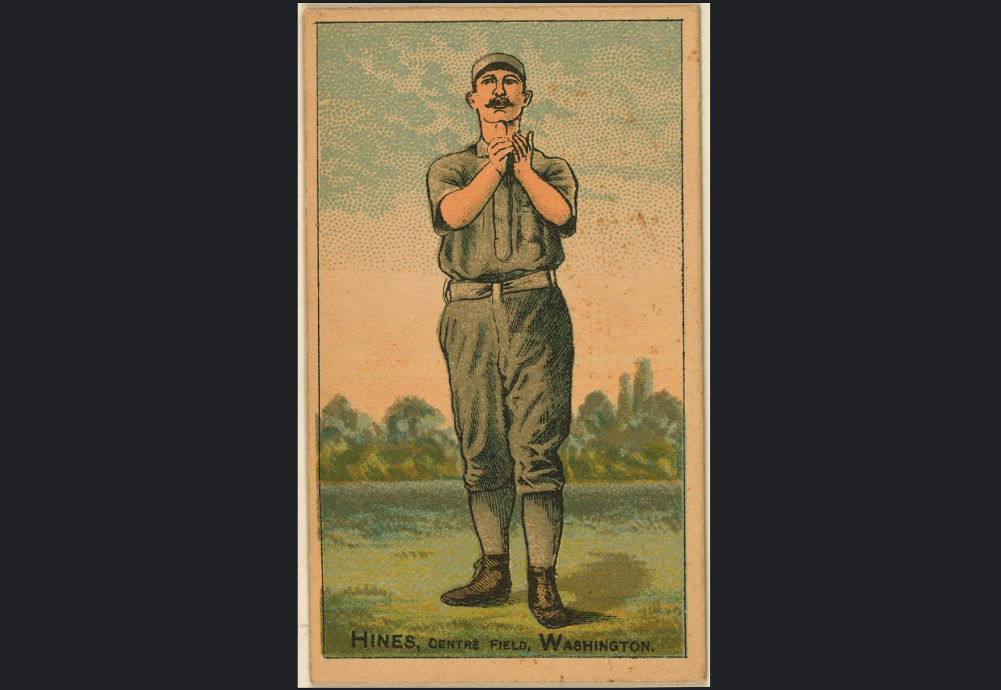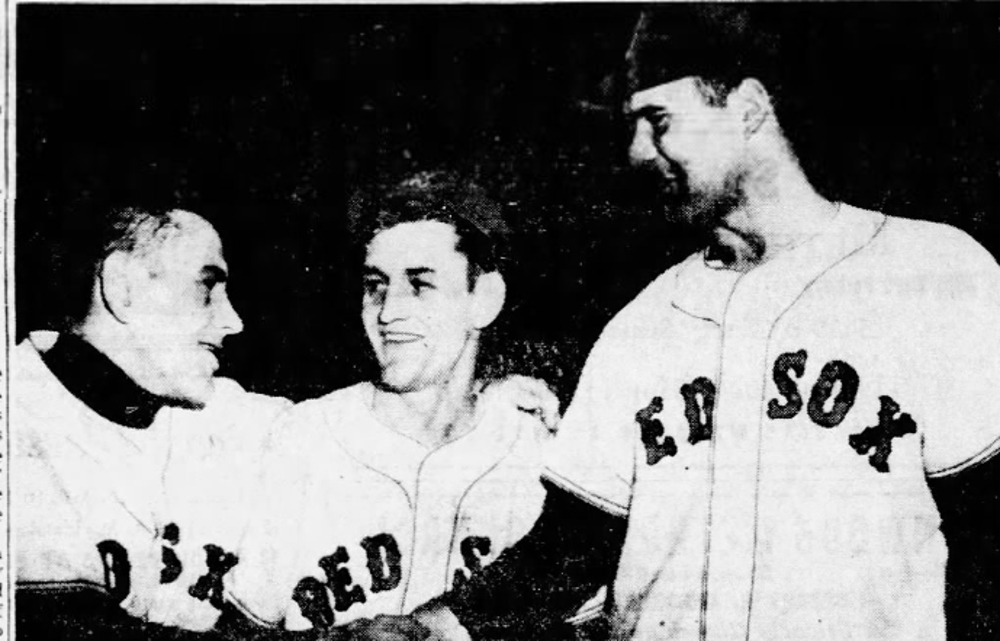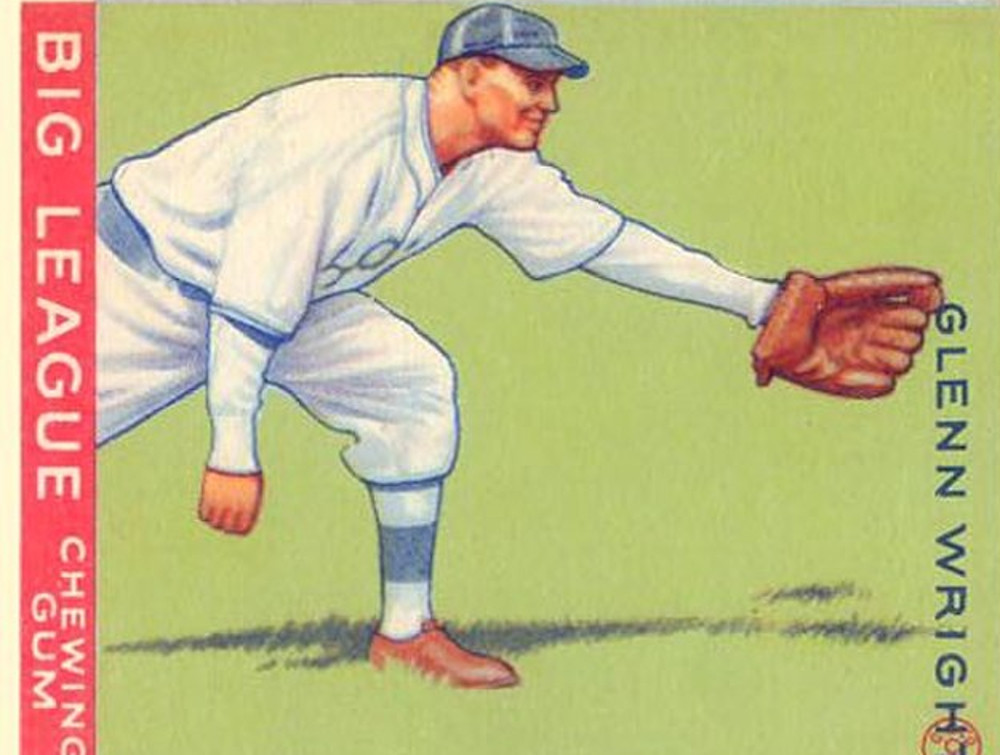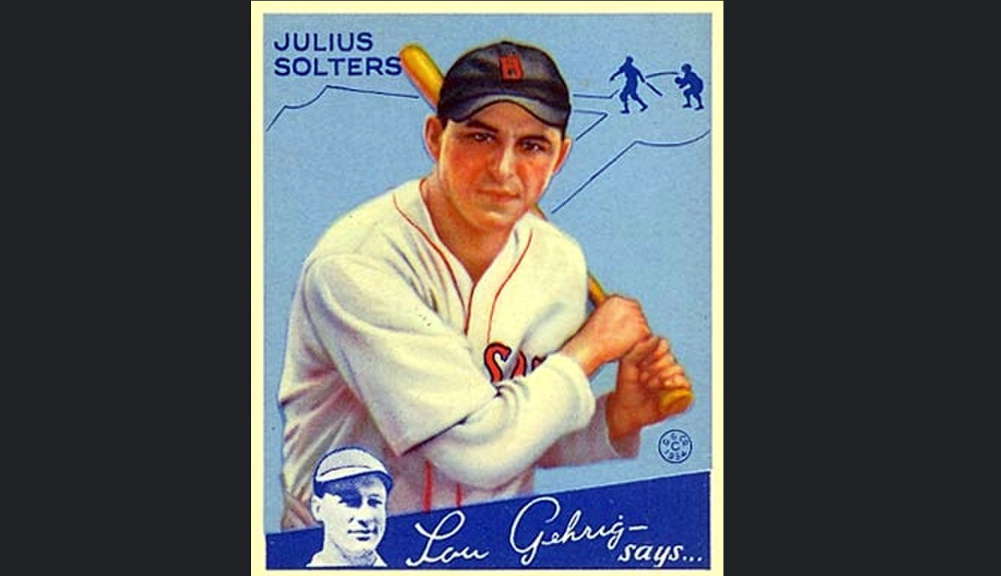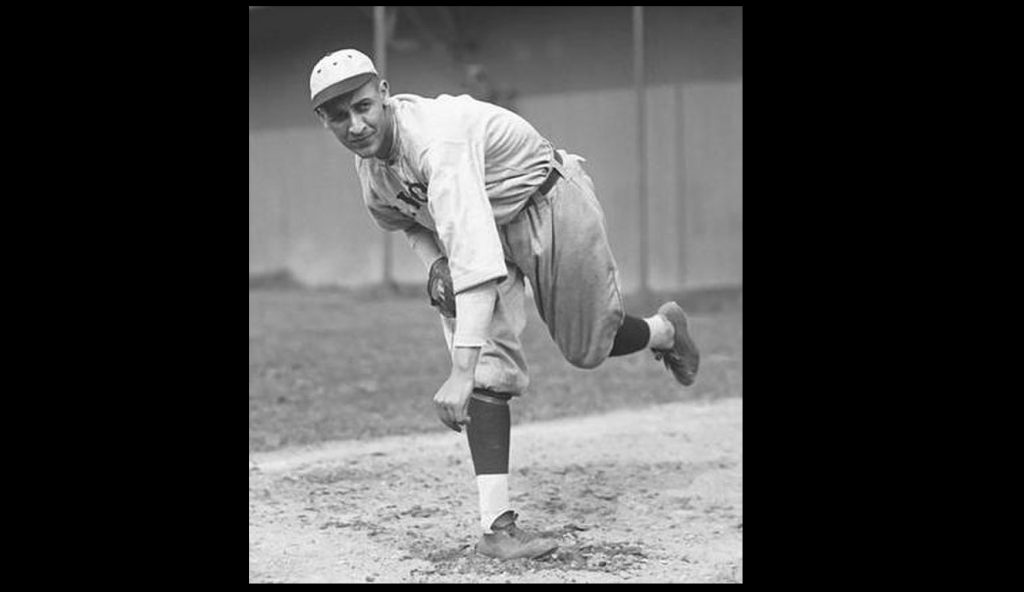Billy Cunningham NBA/ABA Hall of Fame Legend
-College Standout and NBA Rookie Success
Cunningham's talent blossomed at the University of North Carolina under legendary coach Dean Smith. His scoring prowess, rebounding ability, and leadership qualities made him a collegiate star. Drafted by the Philadelphia 76ers in 1965, Cunningham made an immediate impact, earning NBA Rookie of the Year honors. He flourished alongside future Hall of Famers Wilt Chamberlain and Hal Greer, leading the Sixers to their first NBA championship in 1967.
-A Dominant Force in the ABA
Seeking more playing time and control over his career, Cunningham signed with the Carolina Cougars of the upstart American Basketball Association (ABA) in 1972. The ABA provided a perfect platform for Cunningham's all-around game. He averaged over 30 points per game and led the Cougars to two ABA championships, solidifying his reputation as one of the league's most dominant forces.
-Returning to Philadelphia and Coaching Success
Cunningham rejoined the 76ers upon the ABA-NBA merger in 1976. While his playing career was cut short due to knee injuries, his impact on the franchise continued. He transitioned seamlessly into coaching, leading the 76ers to the NBA Finals three times in the early 1980s. His focus on defense and team play helped shape the success of future Sixers greats like Julius Erving and Moses Malone. Cunningham's coaching legacy extends beyond wins and losses – his .698 career winning percentage remains one of the highest in NBA history.
-Baseline Bio
Born June 3, 1943, in New York City,was Naismith Memorial Basketball Hall of Fame player and Coach, Billy Cunningham. Billy was a star player for the North Carolina Tarheels from 1962-65. His collegiate prowess on the hardwoods earned him honors such as being named All-ACC, the ACC Player of the Year, a College All-American, and later named to the ACC 50th Anniversary men's basketball team honoring the fifty best players in Atlantic Coast Conference history. FOlks called him the "Kangaroo Kid" due to his leaping abilities. Billy joined the Philadelphia 76ers in 1965 and spent 8 seasons with the club. His rookie year, coming off the bench he averaged 7.5 rebounds and 14.3 points per game, earning him a spot on the All-Rookie team. In 1967, Cunningham along with teammates Wilt Chamberlain, Hal Greer, Chet Walker, and Luke Jackson were part of the Sixers championship team. In Game 2 of the 1967 NBA Finals, Cunningham scored 28 points during a 126-95 win over the San Francisco Warriors. He later played two seasons in the ABA for the Carolina Cougars and then coached Philadelphia for 7 seasons.
Jerry Lucas and a Basketball Legacy of Excellence
Dominant from the Start
Lucas's basketball journey began in his hometown of Middletown, Ohio. He led his high school team to an unprecedented 76-game winning streak, showcasing his remarkable talent at an early age. At 6'8", Lucas possessed exceptional rebounding skills, intelligence, and a smooth shooting touch, making him a force to be reckoned with.
A National Sensation at Ohio State
Lucas's collegiate career at Ohio State University solidified his status as a national sensation. Playing alongside future NBA star John Havlicek, Lucas led the Buckeyes to the 1960 NCAA championship, defeating the heavily favored California Golden Bears. His dominance on the court earned him the prestigious Sports Illustrated Sportsman of the Year award in 1961, a testament to his all-around game.
NBA Success and Championship Glory
Lucas entered the NBA in 1963 and carved out a prosperous professional career. He was selected as the sixth overall pick by the Cincinnati Royals in the 1962 NBA Draft as a territorial selection. Jerry was a model of consistency. He was named NBA Rookie of the Year in 1964 and earned seven All-Star selections throughout his 11-year career. His greatest triumph came in 1973 when he joined the New York Knicks, forming a dominant frontcourt with Willis Reed and Walt Frazier. The Knicks captured the NBA championship that year, adding another significant title to Lucas's impressive resume.
Beyond the Statistics
Lucas's impact transcended statistics. He was a cerebral player known for his intelligent passing ability and dedication to fundamentals, thus giving his nicknames "Mr. Memory" and "The Computer." He was also a relentless rebounder, holding the NBA record for most rebounds in a game (32) for over two decades. His leadership and work ethic were invaluable assets to any team he played for.
He played for the Cincinnati Royals, San Francisco Warriors, and New York Knicks for 12 years of a brilliant career. Lucas is among the top NBA players to have worn Jersey Number 16. He is also one of the top NBA players to have worn Jersey Number 32.
Isiah Thomas A Complicated Legacy on the Hardwood
Isiah Thomas, the electrifying point guard with an infectious smile and a killer crossover, carved his name into basketball history. However, his legacy is a complex one, filled with both dazzling achievements and bitter controversies. This essay explores the triumphs and tribulations that shaped Thomas' career, examining his impact on the game and the lingering questions that continue to surround him.
From Hoosier Hysteria to NBA Stardom (1979-1989): A Champion Emerges
Drafted by the Detroit Pistons in 1979, Isiah Thomas quickly became a fan favorite. His lightning-quick speed, dazzling ball-handling skills, and clutch shooting made him a nightmare for opposing defenses. Paired with the "Bad Boys" Pistons, a team known for its physical style and fierce competitiveness, Thomas led Detroit to a new era of dominance.
Between 1988-1990, the Pistons captured back-to-back NBA championships, defeating the heavily favored Los Angeles Lakers on both occasions. Thomas' leadership, on-court brilliance, and unwavering loyalty were instrumental in these victories. He earned the nickname "Zeke," a play on the legendary Celtics point guard John Havlicek, further solidifying his place among the league's elite.
Leadership and Controversy (1989-2000): A Shadow Cast
Despite his on-court achievements, Thomas' career wasn't without controversy. The "Bad Boys" Pistons were labeled villains for their rough play, particularly their battles with the more star-studded Chicago Bulls led by Michael Jordan. Accusations of dirty tactics and a physical style that bordered on malicious play tarnished the Pistons' image.
Adding fuel to the fire, a personal rivalry developed between Thomas and Jordan. This animosity spilled over into the Eastern Conference Finals, where accusations of questionable on-court actions by both sides added another layer of complexity to their already heated competition.
Beyond the Pistons: A Winding Path (2000-Present)
After his playing career ended, Thomas transitioned into coaching and front-office roles. However, his coaching stints were often short-lived and marred by controversy. These experiences, coupled with lingering questions about his playing days, have cast a shadow over his overall legacy.
NBA.com Legends profile of Isiah Thomas.
Born April 30, 1961, in Chicago, Illinois, was Naismith Memorial Basketball Hall of Fame Guard Isiah Thomas. "Zeke", is a former professional basketball player and coach who is an analyst for NBA TV. The 12-time NBA All-Star was named one of the 50 Greatest Players in NBA History as well as the 75 Greatest Players. Thomas played college basketball for the Indiana Hoosiers under Bobby Knight, leading them to the 1981 NCAA championship as a sophomore. NBA Jersey Number 11
Rick Barry The Free Spirit of Basketball
A Rough Start and Early Promise: Born in 1944, Barry's childhood was marked by instability. He moved frequently and faced academic challenges. However, basketball offered him an escape. Barry possessed a natural talent for the game, showcasing a smooth shooting stroke and a fierce competitive spirit. He honed his skills at Vaughan High School in New Jersey, leading his team to state championships and earning a scholarship to the University of Miami.
College Stardom and Controversial Exit
With the Hurricanes, Barry blossomed into a national sensation. He led the U to some great seasons. Despite his individual brilliance, Miami fell short of the championship. Barry's unconventional free throw technique – underhand – became a subject of national conversation, adding to his unique persona.
A Move to the ABA and Scoring Exploits
After graduation, Rick was Drafted by the NBA's San Francisco Warriors. He played two seasons there until jumping ship to the American Basketball Association (ABA), a rival league to the established NBA. He signed with the Oakland Oaks, leading them to the 1969 ABA championship and establishing himself as a scoring machine. Barry's free throw technique remained a point of contention, but his accuracy was undeniable. He holds the record for the highest free throw percentage in a single ABA season (93.8% in 1970).
NBA Arrival and Continued Success
When the ABA and NBA merged in 1976, Barry finally returned to the league he initially spurned. He joined the Washington Bullets and immediately became their offensive focal point. Barry led the Bullets to the 1978 NBA Finals, averaging a then-Finals record 40.6 points per game. While they ultimately fell short of a championship, Barry cemented his legacy as one of the game's greatest scorers. He retired in 1980, holding the record for most career points scored in the ABA and NBA combined.
Life After Basketball
Following his retirement, Barry remained connected to the game. He served as a commentator, coach, and co-founded the American Basketball League (ABL) in the 1990s. While his ventures outside of playing didn't achieve the same level of success, they showcased his continued passion for basketball.
Chris Webber A Tale of Talent, Controversy, and Unfulfilled Potential
Webber's rise began at the University of Michigan, where he formed a formidable group dubbed the "Fab Five, " alongside Juwan Howard." Leading the Wolverines to two national championship appearances, Webber showcased his all-around prowess. He combined polished low-post moves with a surprising shooting range and a knack for facilitating the offense. However, his iconic timeout call in the 1993 championship game marked the beginning of a contentious relationship with controversy that would follow him throughout his career.
Drafted first overall by the Orlando Magic in 1993, Webber immediately displayed his talent, earning Rookie of the Year honors. However, his desire to trade to a larger market led to a tumultuous first few seasons. Eventually landing with the Sacramento Kings in 1998, Webber found his basketball home. He became a dominant force, averaging over 20 points and ten rebounds consistently and leading the Kings to their most successful stretch in franchise history, including six consecutive playoff appearances.
Webber's career, however, was marred by off-court issues. A college recruiting scandal led to the NCAA vacating Michigan's 1993 national championship, tarnishing his reputation. He also faced criticism for his on-court behavior, including technical fouls and controversial plays.
Despite his talent, Webber never quite reached the pinnacle of NBA success. Injuries hampered his later years, and the Kings, despite their playoff appearances, never managed to break through to the championship round. Webber retired in 2012, leaving behind a legacy of "what if" alongside his undeniable talent and contributions to the game.
Don Barksdale A Pioneering Force Who Shattered Racial Barriers
A College and Olympic Pioneer
Barksdale's journey began at UCLA, where he became the first African American player named a NCAA All-American in 1947. He made history again in 1948, becoming the first Black player selected for the U.S. Olympic basketball team and the first to win a gold medal.
Breaking Ground in the Pros
The NBA wasn't integrated until 1950, but Barksdale was ready. He joined the Baltimore Bullets as the third Black player to sign an NBA contract. He didn't waste any time making a splash, becoming one of the team's top scorers and earning a selection to the 1953 NBA All-Star Game, another historic first for a Black player.
A Respectable Playing Career
While not statistically dominant, Barksdale carved out a respectable seven-year career in the NBA. He played for the Baltimore Bullets and the Boston Celtics and is known for his smooth shooting touch and strong defense.
Don Barksdale was a pioneer as an African-American basketball star, the first man of color to make the US Olympic Basketball team. He played mostly forward at the pro hoops level with the Baltimore Bullets and the Boston Celtics. Barksdale is one of the top NBA players to have worn the Number 17 Jersey.
Paul Silas Basketball Hall of Fame Legend
-Early Life of Paul Silas
Silas's journey began at Creighton University, where he established himself as a dominant force. Averaging a remarkable 20.5 points and a staggering 21.6 rebounds per game, he remains one of the few players in NCAA history to achieve such a feat. This dominance translated to the professional level when he was drafted by the St. Louis Hawks in 1964.
-Rise to The NBA Level
Despite not being a high draft pick, Silas quickly earned respect with his relentless work ethic and defensive prowess. He wasn't a scorer; his strength lay in his rebounding, his ability to defend multiple positions, and his leadership on the court. Silas was a vital piece of the puzzle for the Hawks throughout the 1960s, playing alongside legends like Lenny Wilkens and Walt Bellamy.
Though he never won a championship with the Hawks, Silas's dedication earned him a trade to the Boston Celtics in 1972. Here, he joined forces with another dynasty in the making. Playing alongside Hall of Famers like John Havlicek, Dave Cowens, and Jo Jo White, Silas became the glue that held the team together. His defensive contributions were instrumental in the Celtics' championship victories in 1974 and 1976. Silas's ability to guard taller players and his knack for anticipating plays made him a defensive anchor for the Celtics.
-Legacy and Basic Bio
Silas continued his journey with several teams throughout the late 1970s and early 1980s, showcasing his versatility and leadership. He eventually capped off his playing career with the Seattle SuperSonics, winning his third championship ring in 1979. Silas retired in 1980 as a three-time NBA champion, a testament to his ability to adapt and contribute to winning teams throughout his career.
Born July 11, 1943, in Prescott, Arkansas , was College Basketball Hall of Fame Forward Paul Silas. Paul was a member of the NBA Champship winning team in 1974, 76, the Boston Celtics. He also won the title with the 1979 Seattle SuperSonics, and was two-time NBA All-Star. Later Silas went on to coach the Charlotte/NO Hornets, Cleveland Cavaliers, and Charlotte Bobcats.
Chris Bosh Basketball HOF Forward
Drafted third overall by the Toronto Raptors in 2003, Bosh blossomed into a dominant force, but his championship aspirations ultimately led him to join forces with LeBron James and Dwyane Wade in Miami, forming a "Big Three" dynasty. This essay explores the highs and lows of Bosh's career, highlighting his impact on the game and the legacy he leaves behind.
Toronto Stardom and Unfulfilled Promises
Bosh, a skilled scorer and rebounder, quickly became a fan favorite in Toronto. He averaged over 20 points per game for seven consecutive seasons, earning All-Star appearances and establishing himself as a cornerstone of the young Raptors franchise. However, despite Bosh's individual brilliance, team success remained elusive. The Raptors struggled to reach the playoffs consistently, leaving Bosh yearning for a chance to compete for a championship.
The Miami Gamble and Championship Glory
In 2010, Bosh, along with LeBron James and Dwyane Wade, made a controversial decision to join forces with the Miami Heat. This "Big Three" formation sent shockwaves through the NBA and instantly turned the Heat into championship contenders. The gamble paid off spectacularly. Bosh seamlessly transitioned to a complementary role, sacrificing some scoring but maximizing his defensive impact and providing essential floor spacing.
The Heat reached the NBA Finals four times in four years, winning back-to-back titles in 2012 and 2013. Bosh blossomed under coach Erik Spoelstra, becoming a more well-rounded player and a crucial piece of the Heat's championship puzzle.
-Health Concerns, Premature Career End, and Legacy
Bosh's career was tragically cut short by health issues. Diagnosed with blood clots in 2015, he was forced to miss significant time and eventually retire from basketball in 2016. Despite his shortened career, Bosh's impact on the game is undeniable. He is a champion, an 11-time All-Star, and a player who redefined the role of the power forward in the modern NBA.
-Summary and Accolades
-Eleven-time NBA All-Star (2006–2016)
-All-NBA Second Team (2007)
-NBA All-Rookie First Team (2004)
-No. 1 retired by Miami Heat
-Second-team All-ACC (2003)
-ACC Rookie of the Year (2003)
-First-team Parade All-American (2002)
-McDonald's All-American (2002)
-Texas Mr. Basketball (2002)
Bailey Howell's Legacy of Consistency
Emerging from Mississippi State as a unanimous All-American, Howell's journey began with the Detroit Pistons in 1959. There, he quickly established himself as a force, averaging a double-double in points and rebounds for his first six seasons. His smooth athleticism and precise shooting made him a scoring threat from anywhere on the court, while his defensive awareness and relentless hustle anchored the Pistons' back line.
His peak came in the 1960s, where he cemented his reputation as a champion and an All-Star regular. He moved to the Baltimore Bullets and later the Boston Celtics, playing alongside legends like Elgin Baylor and Bill Russell. While not the first scorer on the team, Howell was the glue, the dependable player who could be counted on for a solid performance night after night. His quiet leadership and unwavering work ethic earned him the respect of teammates and coaches alike.
His accolades speak for themselves: six All-Star appearances, two NBA championships, and even a brief stint as head coach of the Philadelphia 76ers. But statistics cannot fully capture Howell's essence. He wasn't flashy, didn't crave the spotlight, yet his consistency and professionalism made him a cornerstone of some of the league's most successful teams.
Al Cervi Basketball Hall of Fame Point Guard
Cervi's journey began in Buffalo, where his scrappy style earned him a spot on the newly formed National Basketball League's Buffalo Bisons. Despite his modest 5'11" stature, he commanded the court with his defensive prowess. His ability to anticipate plays, steal passes, and shut down even the most dominant scorers quickly made him a fan favorite.
Throughout the late 1940s, Cervi reigned as one of the NBL's premier guards. He led the league in scoring in 1947 and was a five-time All-Star selection. His leadership skills were undeniable; he became player-coach for the Syracuse Nationals in 1948, demonstrating his basketball IQ and strategic mind.
Cervi's transition to the NBA in 1949 seamlessly blended his old-school grit with the evolving game. He wasn't just a defensive specialist; his offensive repertoire included a deadly spin move and a knack for drawing fouls. He embraced the physicality of the era, often battling through injuries and playing with an intensity that inspired his teammates.
Beyond his individual accolades, Cervi's greatest impact was his leadership. He instilled a "winning is everything" mentality in his teams, demanding the most from himself and his teammates. His work ethic and passion were contagious, motivating younger players like Dolph Schayes and Larry Costello who would go on to have Hall of Fame careers themselves.
Cervi's legacy doesn't end with his playing career. He became a successful coach, winning over 300 games in six seasons with the Philadelphia 76ers. He continued to mentor young players, sharing his vast knowledge and experiences, ensuring his impact lasted beyond his own active years.



